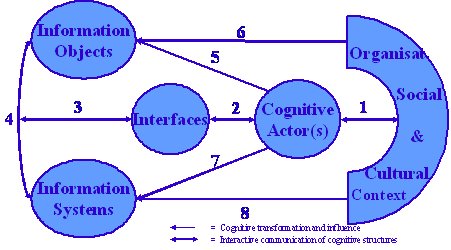Selecting a venue for publishing your research is often a non-trivial decision that involves assessing the appropriateness of venues for the work, the quality of reviewing, and the impact that the published work will have. One of the metrics that has been used widely to estimate the quality of a conference is the acceptance rate. It is certainly one of the metrics that we at FXPAL use to decide where to submit papers.
But judging a conference by publication rate alone is not always appropriate: acceptance rates are only approximately correlated with paper quality, and vary considerably among conferences. For example, a marginal paper at a smaller conference such as JCDL is typically of the same quality as a marginal paper at a larger conference such as CHI, but the acceptance rates differ by about a factor of two. Acceptance rates for small or emerging conferences are often higher because the work is done by a smaller community and does not attract as many opportunistic submissions as the better-known conferences do.
So is there a more robust way to assess the quality of a conference?
Continue Reading


